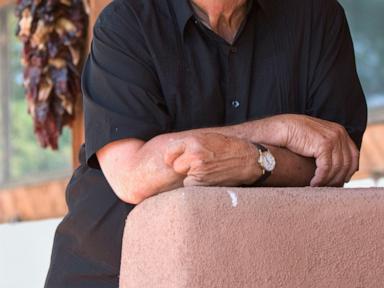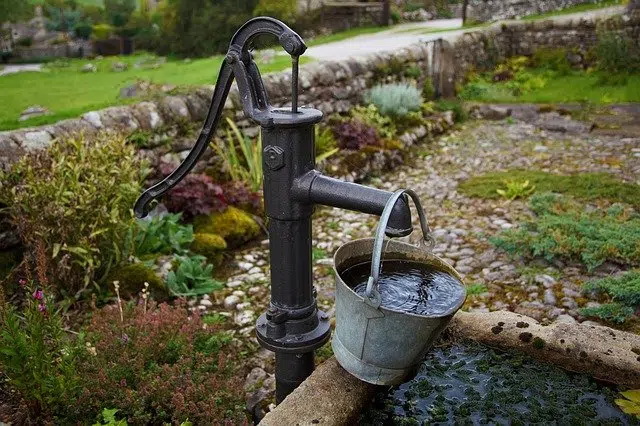(KNSI) – New research from the University of Minnesota Water Resources Center has identified aquifers around the state that would be suitable for aquifer storage and recovery treatment.
Seventy-five percent of Minnesotans get their water supply from groundwater sources like aquifers, the research summary states. Climate change will affect precipitation patterns, and that could impact the pace at which aquifers naturally recharge, or refill with water.
The U of M research team suggests that aquifers located near Moorhead, Woodbury and Rochester are suitable for the aquifer storage and recovery treatment, which involves pumping clean water into an aquifer to store it until it’s needed. The Buffalo Aquifer near Moorhead, for example, could be injected with water sourced from the Red River, the Buffalo River or the city of Moorhead’s wastewater treatment effluent.
The team also looked at the Surficial Aquifer near Park Rapids to see if ASR would be appropriate, but the researchers recommend other means of conservation for that aquifer.
The researchers’ summary suggests that the Minnesota Legislature “develop and support legislation to advance ASR as a tool for sustainable groundwater use” now to start implementing the conservation measure.
According to the Minnesota Pollution Control Agency, central Minnesota has enough groundwater availability to satisfy residents’ use. However, nitrate pollution in shallow wells is a concern. The Twin Cities metro along with southeast and northeast Minnesota have groundwater availability issues.










